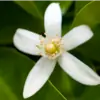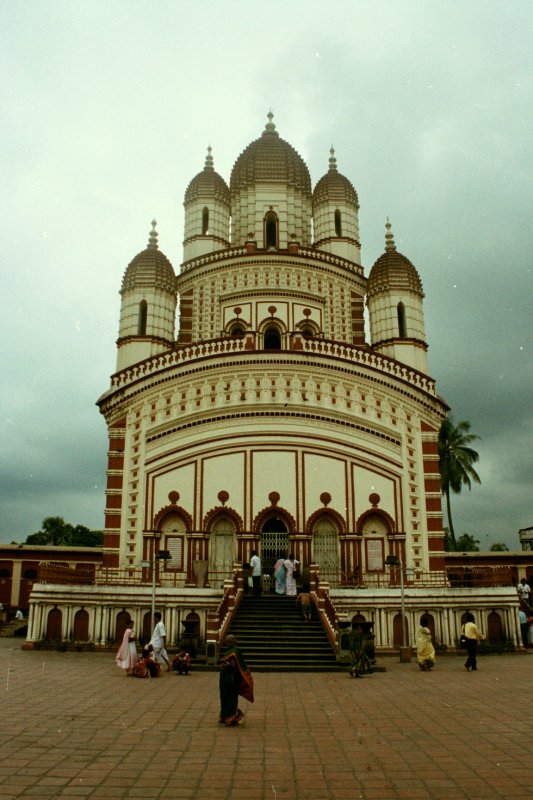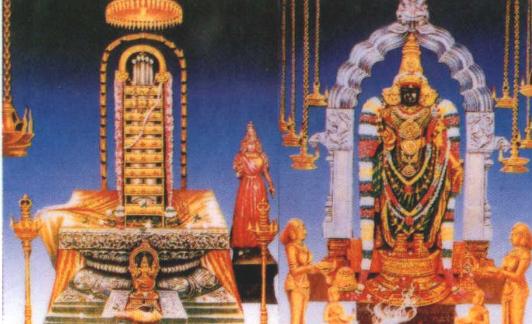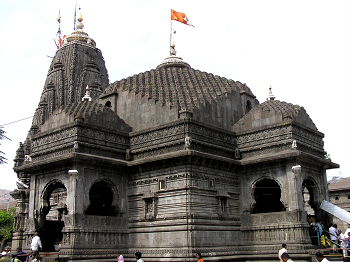SHRI KASHI VISHWANATH MANDIR |
| Visit Website: www.shrikashivishwanath.org |
A Brief HistoryStanding on the western bank of India's holiest river Ganges, Varanasi is the oldest surviving city of the world and the cultural capital of India. It is in the heart of this city that there stands in its fullest majesty the Kashi Vishwanath Temple in which is enshrined the Jyotirlinga of Shiva, Vishweshwara or Vishwanatha. Here gravitate the teeming millions of India to seek benediction and spiritual peace by the darshan of this Jyotirlinga which confers liberation from the bondages of maya and the inexorable entanglements of the world. A simple glimpse of the Jyotirlinga is a soul-cleansing experience that transforms life and puts it on the path of knowledge and bhakti. Vishweshwara Jyotirlinga has a very special and unique significance in the spiritual history of India. Tradition has it that the merits earned by the darshan of other jyotirlinga scattered in various parts of India accrue to devotee by a single visit to Kashi Vishwanath Temple. Deeply and intimately implanted in the Hindu mind, the Kashi Vishwanath Temple has been a living embodinent of our timeless cultural traditions and highest spiritual values. The Temple has been visited by all great saints- Adi Shankaracharya, Ramkrishna Paramhansa, Swami Vivekanand, Goswami Tulsidas, Maharshi Dayanand Saraswati, Gurunanak and several other spiritual personalities. The Kashi Vishwanath Temple attracts visitors not only from India but abroad as well and thereby symbolises man's desire to live in peace snd harmony with one another. Vishwanath being a supreme repository of this spiritual truth thus strengthens the bonds of universal brotherhood and fellow feeling at the national as well as global levels. On January 28, 1983 the Temple was taken over by the Govt. of Uttar Pradesh and it's management ever since stands entrusted to a Trust with Dr. Vibhuti Narayan Singh. Former Kashi Naresh, as president and an Executive Committee with Divisional Commissioner as Chairman. The Temple in the present shape was built way back in 1780 by Late Maharani Ahilya Bai Holkar of Indore. In the year 1785 a Naubatkhana was built up in front of the Temple by the then Collector Mohd. Ibrahim Khan at the instance of Governor General Warren Hastings. In 1839, Two domes of the Temple were covered by gold donated by Punjab Kesari Maharaja Ranjeet Singh. Third dome but was remained uncovered, Ministry of cultures & Religious affairs of U.P. Govt. took keen interest for gold plating of third dome of Temple.RITUALSThe Temple opens daily at 2.30a.m. in Mangala Aarati 3 to 4 a.m. ticket holders are permitted to join. From 4 to 11 a.m. general Darshan is allowed. 11.30 to 12 a.m. mid day Bhog Aarati is done. Again 12 noon to 7 p.m. devotees are free to have darshan. From 7 to 8.30 p.m. evening Sapta Rishi Aarati is done after which darshan is again possible uptill 9 p.m. when Shringar/Bhog Aarati starts. After 9 p.m. Darshan from out side only is possible. Shayana Aarti starts at 10.30p.m.The Temple closes at 11p.m. Most of the Prasad,milk,clothes and other such offerings are given to the poors. |








































